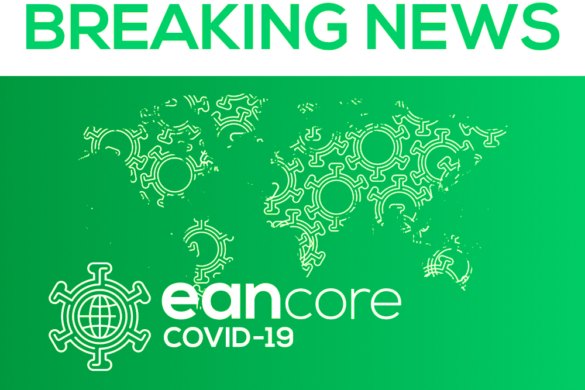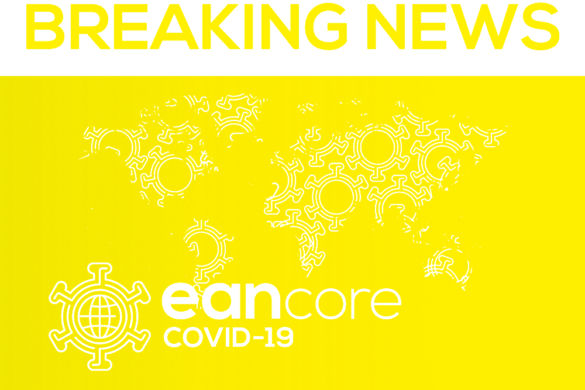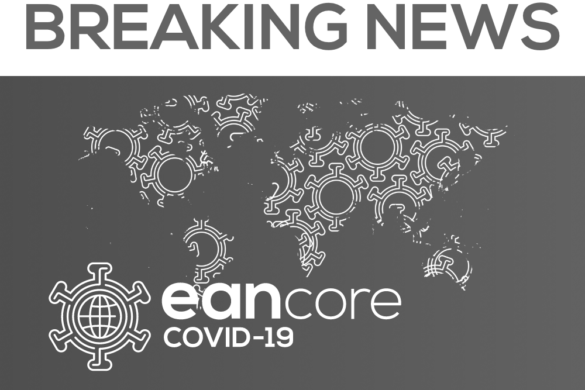By Alessandro Padovani
Director of Neurology Division, ASST Spedali Civili
University of Brescia, Italy
As the number of COVID-19 cases continues to rise in the majority of European Countries, including Italy, neurologists should prepare to manage these cases. As already known, preparation has been challenged by rapidly changing guidelines, inconsistent directives, and a lack of testing capability. These factors have been already described in Italy, but it seems to be general though there is an improvement in the application of standard of procedures. Our health system is learning as we go along, and many of health leaders are working hard to address these issues. This is also happening in all clinical disciplines, including Neurology. In most Northern Regions of Italy (Lombardia, Veneto, Emilia-Romagna and Piemonte), most of small/medium size Neurology Units have been closed and personnel was dedicated to manage medical needs in COVID areas, leaving few neurologists at managing the ordinary neurological cases activating telemedicine and teleconsulting. On the other hand, the Neurology Units of Regional Hospital have been maintained as hubs for admitting acute neurologic patients from the referral area.
Initially, we were supposed to care of COVID negative cases but this lasted only few weeks as we started soon to collect neurologic COVID doubt or positive patients. This was the consequence of the overwhelming number of infected cases requiring clinical assistance. In fact, the organisation of the Hospital Spedali Civili of Brescia, which has more than 1,700 acute care beds including more than 40 ICU beds, was immediately devoted to a three levels front line. The first included the ER, the Infectious Unit, and a dedicated ICU, but this was clearly insufficient several days after the identification of so called Patient 1 (February 20th). Afterwards the second front lines was activated by establishing COVID UNITs in internal medicine and geriatric unit, surgery, pneumology, gynaecology, orthopedics, urology, and ear an throat units. In the meantime, several neurological patients started to be admitted for COVID related symptoms as well as with COVID related symptoms. Due to shortage of beds in COVID areas (right now the Hospital has at least 700 admitted COVID positives) these neurologic patients started to “spill-over” and be admitted in Neurology and Neurosurgery, where we were obliged to identify two NEUROCOVID areas. Not the best solution but this was unavoidable.
In other words, Neurology became a front-line specialty and we had to developed protocols for managing the disease while making all efforts for infection control, conserving workforce resources and supplies, educating collaborators, and coordinating with public health authorities. So far we have followed more than 20 neurological NEUROCOVID patients. In addition to three patients presenting with delirium (two dead) antedating the respiratory symptoms, one patient with Bacterial Meningitis (dead), one mimicking Bickerstaff cerebellitis, most of the rest were acute stroke patients (ischemic n= 10, hemorrhagic= 2) who received thrombolysis either intrarterial or intravenous posing the unsolved question of treating or not treating. In conclusion, besides the interesting aspect of neurological symptoms in COVID patients, the major strategical issues to me were the management of neurological patients who develop COVID and the organisation of neurological services in the presence of COVID patients and in the case of shortage of neurologists (only in Brescia we had 8 affected neurologists out of 18).
To this, the experience I faced so far argues for the need of an integrated multidisciplinary team selecting a group of neurologists to allocate both to COVID areas as dedicated consultants and to NEUROCOVID areas as subspecialists. The advice is prepare to COVID and start, as soon as you can, to plan your mission otherwise you will get overwhelmed.













